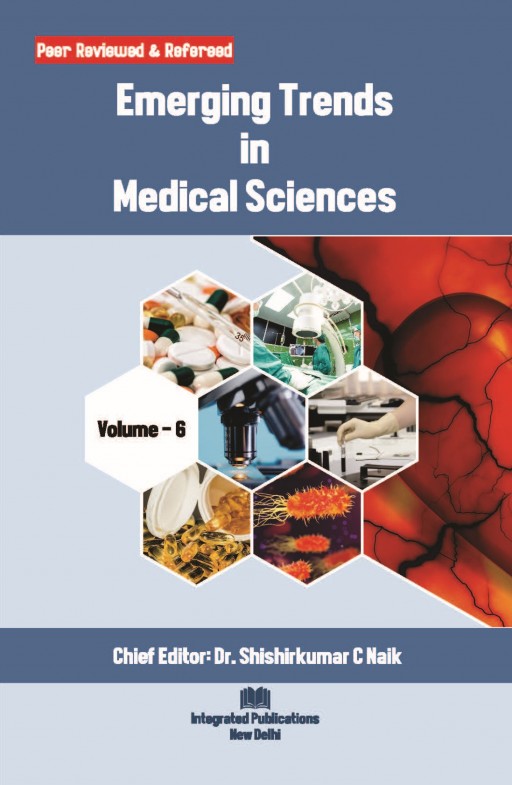Salivary Gland Tumours


Salivary gland tumours are uncommon head and neck neoplasms. Salivary gland tumours are of particular interest to histopathologists because of their wide spectrum of morphology and it is very challenging to diagnose salivary gland tumours. The majority of salivary gland tumours arise in the parotid gland and females are most commonly affected. The age of presentation is usually the 3rd to 6th decade of life. Major salivary gland tumours are usually benign. Although, the majority of minor salivary gland tumours are malignant. Pleomorphic adenoma is the most common benign salivary gland tumour and mucoepidermoid carcinoma is the most common malignant salivary gland tumour. Clinically major salivary gland tumour presents as enlarged swelling. Pre-operative workup is essential to know whether the salivary gland tumours are benign or malignant. The investigation includes ultrasonography (USG), magnetic resonance imaging (MRI), fine needle aspiration cytology (FNAC) and histopathology. FNAC is the first choice of investigation in evaluating salivary gland tumours. Histopathology is the gold standard for the diagnosis of salivary gland tumours. Benign tumours and early-stage low-grade malignancies can be adequately treated with local excision alone, while more advanced and high-grade tumours with regional lymph node metastasis will require postoperative radiotherapy or chemotherapy. The prognosis is good for low-grade tumours and bad for high grade tumours. Here, I am discussing mainly common salivary gland tumours.